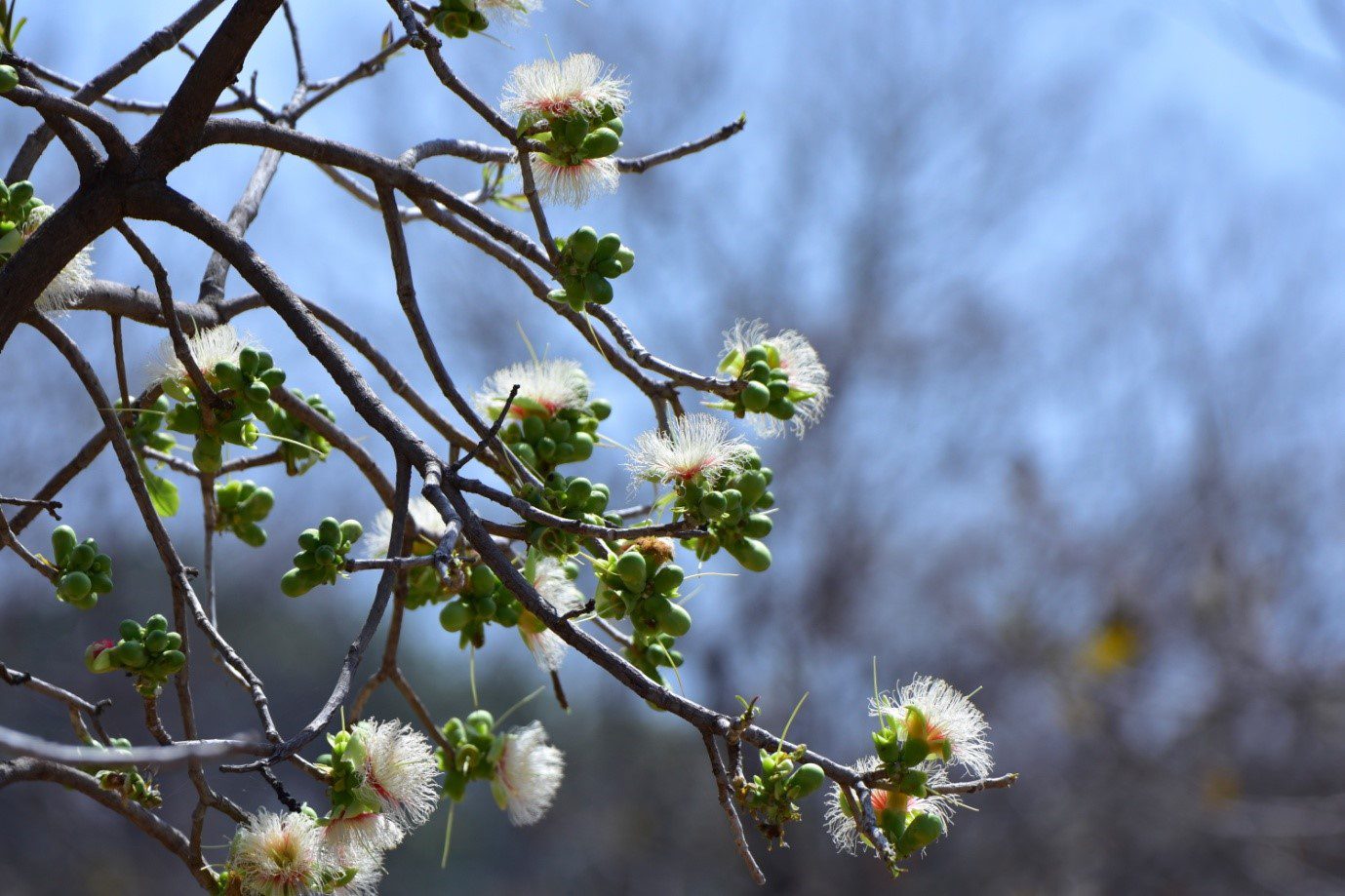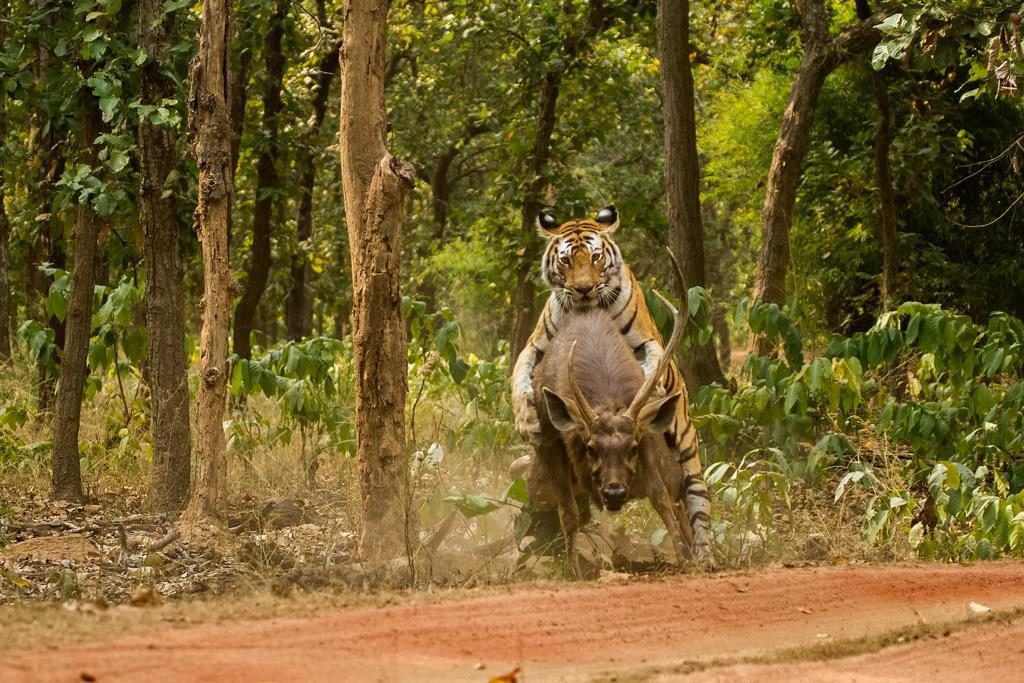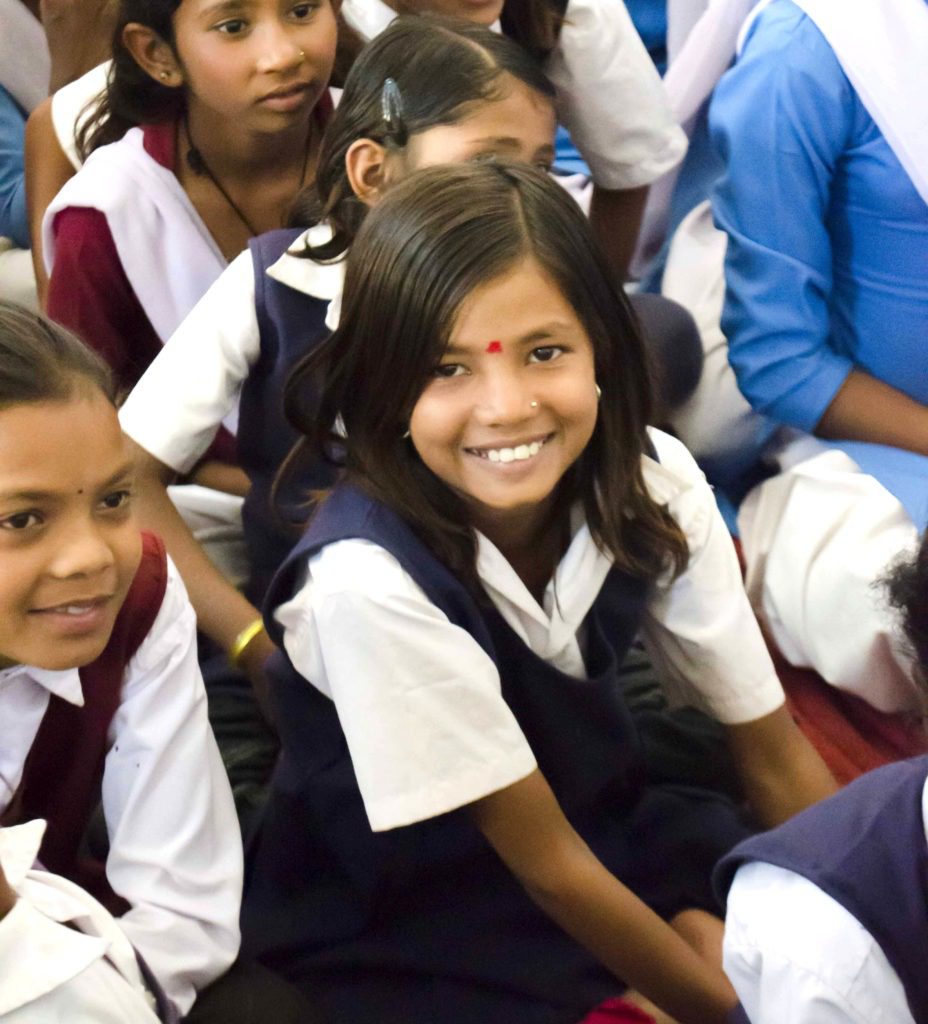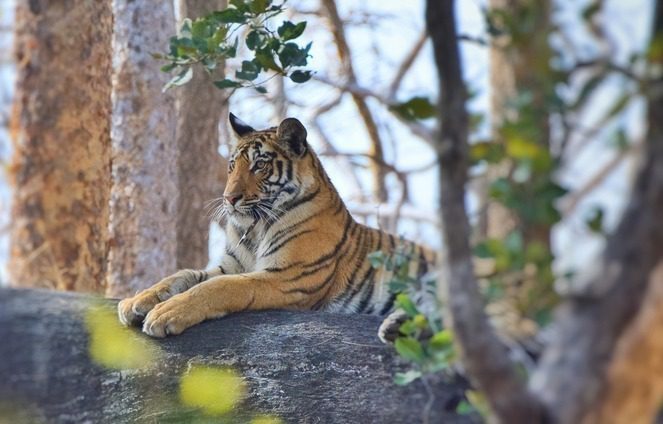Trees in Central India
The best time to visit Central India is in March-April with the changing season, abundantly flowering trees and the arrival of summer.
Central India gets monsoon from late June to September with ample amount of rains. Living beings as we know, requires water for their survival. The trees make the best of the monsoon season too. They disperse their seeds, which turn into saplings during monsoons. But, before the onset of this process trees need to fruit or produce pods with seeds. The process of fruiting is preceded by the process of flowering.
In the month of March trees begin to bloom in Central India. The process starts with deciduous trees shedding their leaves. Once the trees have shed most of their leaves, the trees use all their energies to produce flowers rich in nectar.
The barren trees without leaves, flowering with all their might, have visible blooms that attracts lots of nectar feeding birds, bees and butterflies. These beings are a great source of pollination. In simple words, pollination is the process of breeding between male and female flowers with help of bees, birds and butterflies, to produce fruits.
We take you through a picturesque and descriptive journey of some of the stunning flowering trees in Central India.
Tinsa Flowers ( Desmodium oojeinense )

The species got its name Oojeinense, after the city of Ujjain, in Madhya Pradesh. The bark of this tree is used to cure wounds.
Silk Cotton Tree Flowers ( Bombax ceiba )

It’s also known as Kapok tree. The flowers of this tree are rich in nectar. The fruits are oval shape and are full of fibrous cotton. The cotton like substance is extracted by the villagers from the fruit and is called Kapok. It is use in making pillows, sofas, quilts etc.
Ghost Tree Flowers ( Sterculia urens )

Stercus is a Latin name meaning “manure” which refers to the smell of the flowers. The tree is also known as Ghost tree because of its white bark which reflects in moon light giving it a ghostly impression in the jungle. The tree is also known as Gum tree. The bark produces a gum which is used in food industry as stabilisers and thickener.
Palash Flowers ( Butea monosperma )

The tree is known as Palash or “Flame of Forest” as one can tell by looking at the beautifully radiant flowers. The flower are of use to birds, bees and also humans. In some parts of India, flowers of this tree are used for making colour for the Holi Festival. Flowers are used to treat skin aliment as they are rich in sulphur. Palash is also the state flower of Jharkhand. Indian Postal Department has issued postal stamps of the Palash, as the tree adds great value to Indian landscape.
Kumbi Flowers ( Careya arborea Roxb )
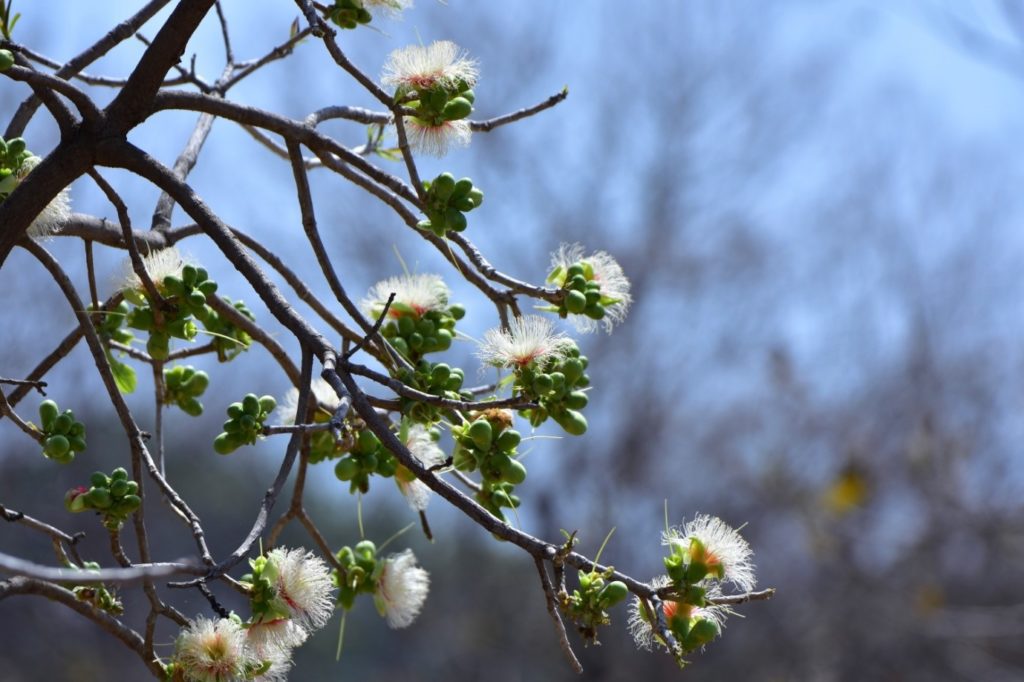
This tree is commonly known as Kumbi or Wild Guava. The tree has lot of medicinal value. The bark and fruit of the tree are used in treating ulcers, wounds, cold and cough and dysentery. Some tribes use powdered leafs and roots for poisoning fish. Some tribes even keep the dry fruits in the room to keep snakes away.
Mahua Flowers (Madhuca indica )
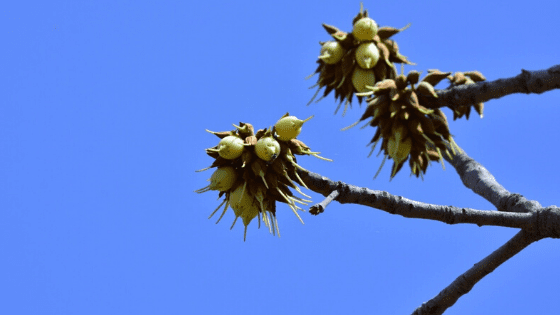
Also known as Butter tree, Mahua is a very important tree in Central India, not only for its timber , but because of its delicious fleshy flower which are a source of income for the local tribal people.
Mahua flower attracts lot of living being like birds, bees, mammals, butterflies and humans. Local people collect Mahua flower which pops out and fall on ground in the early hours of the morning. These flowers are collected to make country liquor which is consumed by both men and women in Gond and Baiga Tribes of Central India.
Seed from the fruits are crushed and oil is extracted, which is used as butter for cooking and is good for skin. Mahua trees have vast root system which help prevent soil erosion. Mahua Seed cake makes good fertilizer and also helps in controlling root-node nematode ( plant parasite which attacks root system ). We make some delectable Mahua recipes in our lodges at Pugdundee too.
Kachnar Flowers ( Bauhinia Variegata )
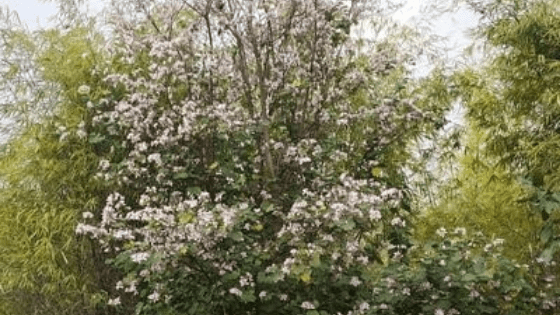
Kachnar is called Orchid tree or Camel Foot tree because of the shape of its leaves, resembling a camel’s foot. The nectar in the flower is located deep inside, attracting butterflies and sunbirds due to their long proboscis and beaks respectively.
Kachnar is of medicinal value in Ayurveda. Kachnar tree parts have anti-bacterial, anti-fungal and anti-malarial properties. Kachnar flowers are use to remove haemorrhoids and the bitter flowers helps in purifying blood. In some parts of Central India tribes make Tikkad Rotis which is a kind of local bread, is made using Kachnar Leaves.
Contributed by: Gaurav Dhotre, Naturalist, Pench Tree Lodge,
Edited by: Natasha Sinha, Content Curator, Pugdundee Safaris

